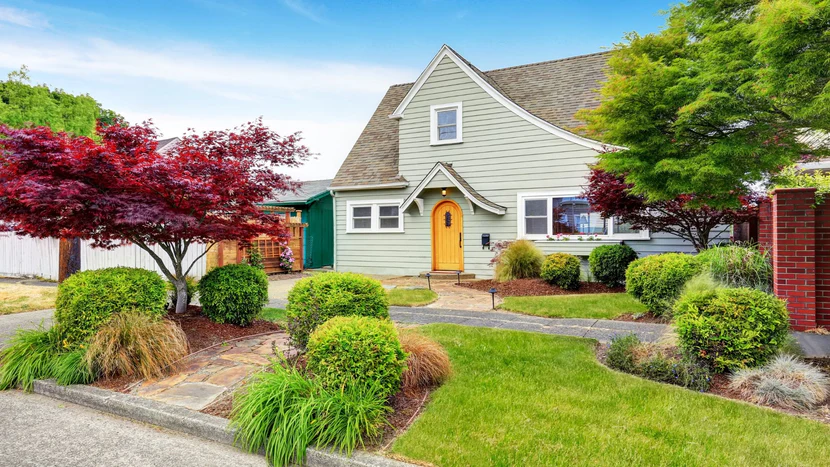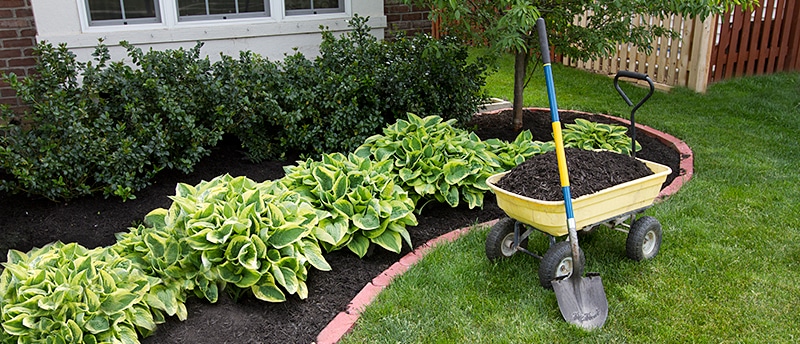Garden Tree Landscaping: A Complete Guide to Transform Your Outdoor Space
Introduction to Garden Tree Landscaping
Garden tree landscaping is more than just planting trees—it’s about designing a lush, beautiful outdoor space that combines aesthetics, functionality, and nature. Trees not only add character and charm to your garden but also play a crucial role in the environment by improving air quality, providing shade, and supporting wildlife.
Benefits of Incorporating Trees in Landscaping
Environmental Advantages
Trees are nature’s air filters. They absorb carbon dioxide, produce oxygen, and provide habitats for birds, insects, and small mammals. By planting trees in your garden, you contribute to a healthier ecosystem and reduce your carbon footprint.
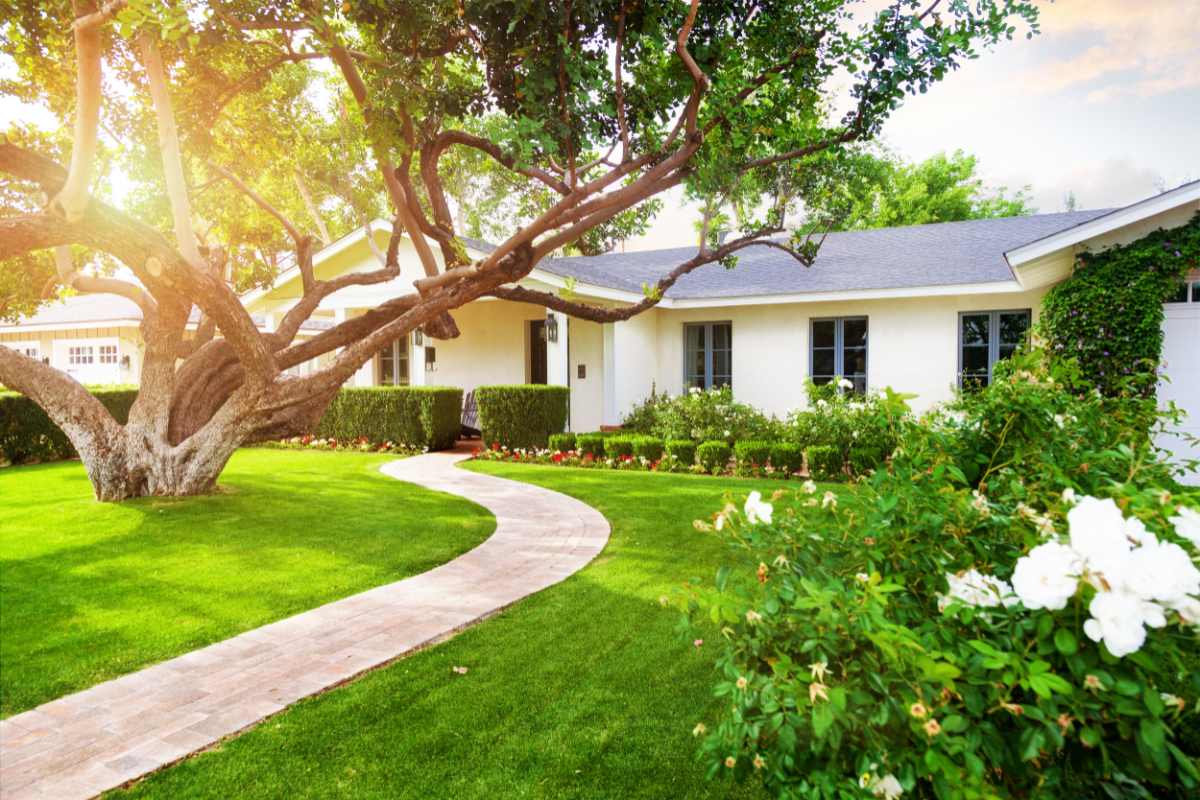
Aesthetic Improvements
The right trees can transform a bland yard into a picturesque landscape. Whether you’re aiming for towering oaks or flowering cherry blossoms, trees offer beauty in all shapes and sizes. Their variety of colors, textures, and structures can make your garden more dynamic and visually appealing.
Increase in Property Value
Homes with mature trees and well-maintained landscapes often have higher property values. Potential buyers are drawn to the curb appeal that comes with a thoughtfully landscaped garden, making it a sound investment.
Choosing the Perfect Trees for Your Garden
Choosing the perfect trees for your space can be overwhelming, but by considering your climate, soil type, and tree size, you can make informed decisions that benefit both your garden and the trees.
Considerations for Climate
Not all trees thrive in every environment. For example, tropical trees like palm trees won’t survive in colder climates, while evergreens are perfect for regions with harsh winters. Always research what types of trees suit your local weather conditions.
Soil Type and Tree Compatibility
Soil pH, drainage, and composition affect how well your trees will grow. Some trees prefer sandy soils, while others thrive in clay. Testing your soil and selecting trees that match those conditions will lead to healthier growth.
Growth Rate and Mature Size
Before planting, think about how big your tree will grow. A tree that looks small today could become too large for its space in just a few years. Factor in the tree’s mature height and width to avoid overcrowding.
Planning Your Garden Layout
Designing a Tree-Focused Garden
When planning a tree-centric garden, start with the larger, focal trees and build around them. Consider how the trees’ canopies will interact with the rest of the landscape, providing shade and structure.
Balancing Trees with Other Landscape Features
Harmonize your trees with flower beds, shrubs, and hardscape features like patios or pathways. Think of your garden as a canvas, with trees acting as the foundational elements that tie everything together.
Maximizing Space and Tree Placement
Strategic placement is key to maximizing both beauty and function. garden tree landscaping Place trees where they’ll provide shade in summer but won’t block sunlight in winter. Avoid planting too close to structures, as roots and branches can cause damage over time.
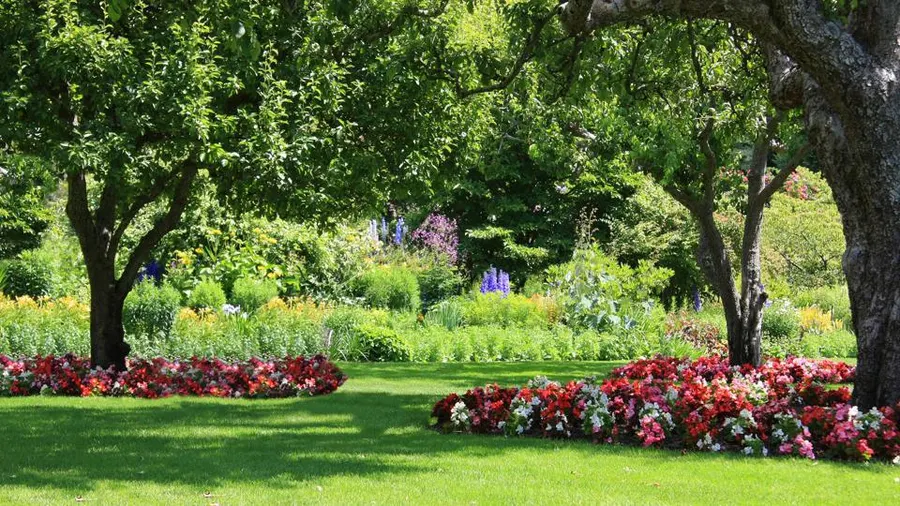
Common Types of Trees for Landscaping
Shade Trees
Trees like maples, oaks, and elms are perfect for creating cool, shaded areas in your garden. These trees grow tall with wide canopies, providing a natural refuge from the sun.
Ornamental Trees
Ornamental trees, such as flowering dogwoods or Japanese maples, add beauty with their colorful leaves and blossoms. These trees often have unique shapes and textures, making them excellent focal points.
Fruit-Bearing Trees
Why not combine beauty with utility? Fruit trees like apple, pear, or cherry trees not only offer delightful blossoms but also provide fresh produce.
Tree Maintenance and Care
Watering and Fertilizing
Young trees require consistent watering to establish roots. As trees mature, garden tree landscaping they need less frequent watering but still benefit from deep, infrequent watering sessions. Fertilizing your trees in the spring encourages robust growth.
Pruning Techniques for Healthy Growth
Pruning is essential for shaping your tree and removing dead or damaged branches. Regular pruning promotes better air circulation and sunlight exposure, keeping your trees healthy and vibrant.
Seasonal Tree Care Tips
Different seasons require different care routines. Mulching in the fall, watering deeply in the summer, and pruning in the winter ensure your trees remain strong throughout the year.
Enhancing Your Garden with Tree Features
Adding Lighting Around Trees
Tree up lighting can transform your garden at night, casting beautiful shadows and highlighting the trees’ form.
Incorporating Seating Areas Under Trees
Nothing beats relaxing in the shade of a tree on a scorching day. Consider adding a bench or hammock under a shade tree for a peaceful retreat.
Tree-Based Structures (Treehouses, Swings, etc.)
Make your garden fun and interactive by incorporating treehouses, swings, or hanging planters. These features can enhance both the aesthetic and functional aspects of your garden.
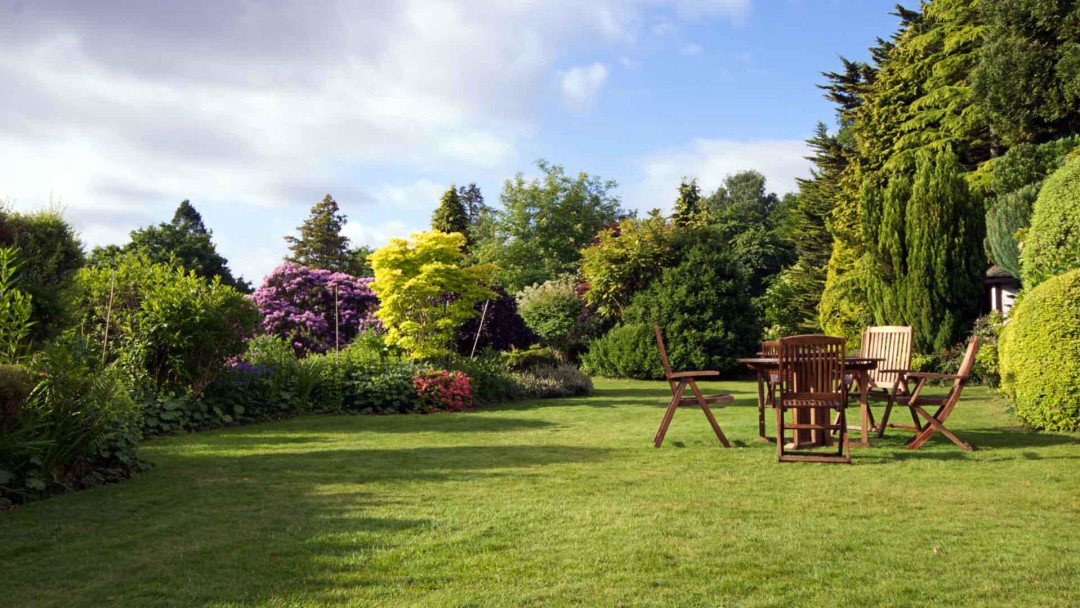
Landscaping with Native Trees
Why Choose Native Species?
Native trees are adapted to your local climate and soil, making them easier to maintain. They also support local wildlife, providing food and shelter for birds and insects.
Best Native Trees for Landscaping
Look for trees that are native to your area, such as sugar maples, magnolias, or redbuds. These species are hardy and typically resistant to local pests and diseases.
